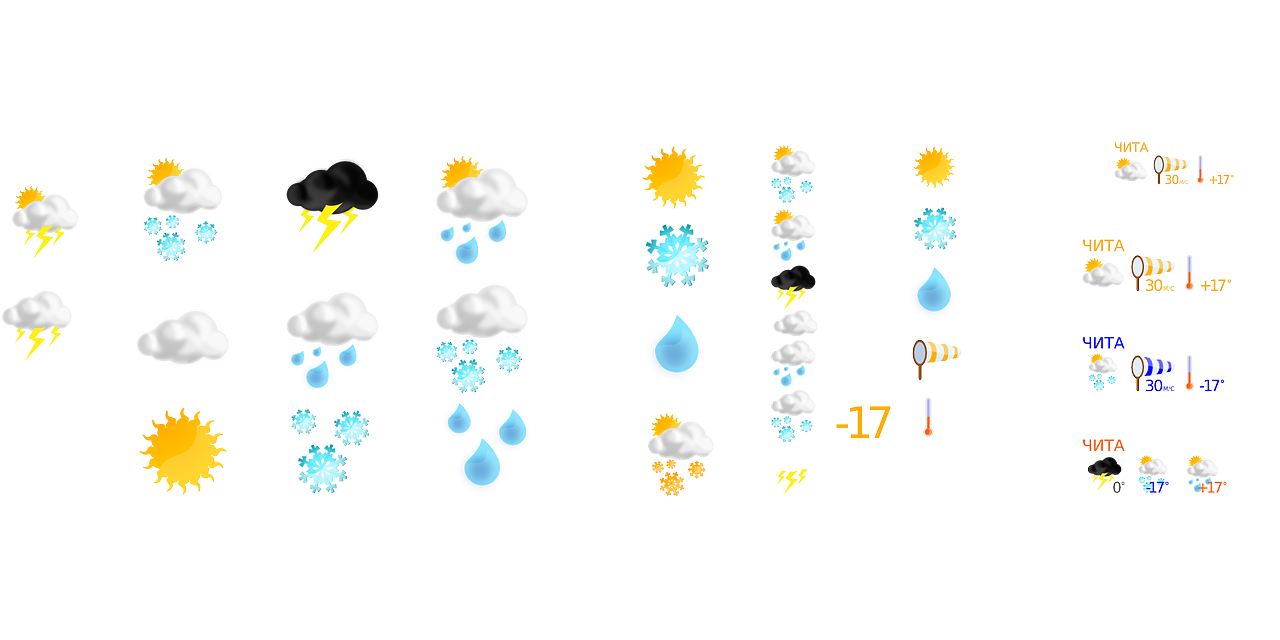

scientists from the Department of Chemistry at Indian Institute of Technology, Madras have developed a biodegradable superabsorbent polymer using chitosan (a kind of sugar extracted from seafood waste), citric acid and urea. This superabsorbent has the capacity – it can absorb 1250 gm of water for each gram of the polymer

A group of scientists and students are braving heat and dust this summer in the national capital to map all possible sources of air pollution so that by winter this year we can get a fair idea of different sources of pollution in the city.
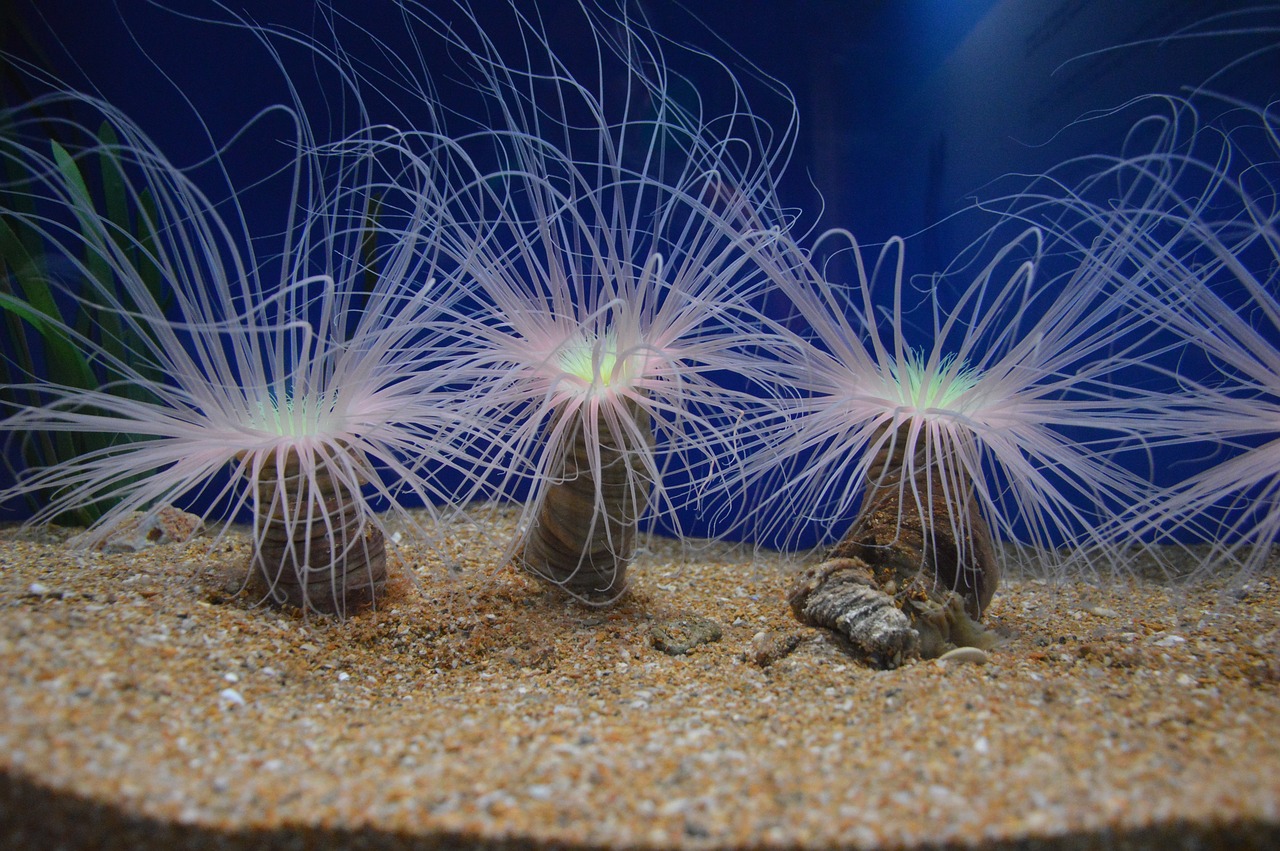
In a few weeks from now, a seasonal forecast for the Indian summer monsoon will be announced. Among various parameters that determine the fate of the monsoon is the sea surface temperature, more specifically, the contrast between land and sea temperatures.
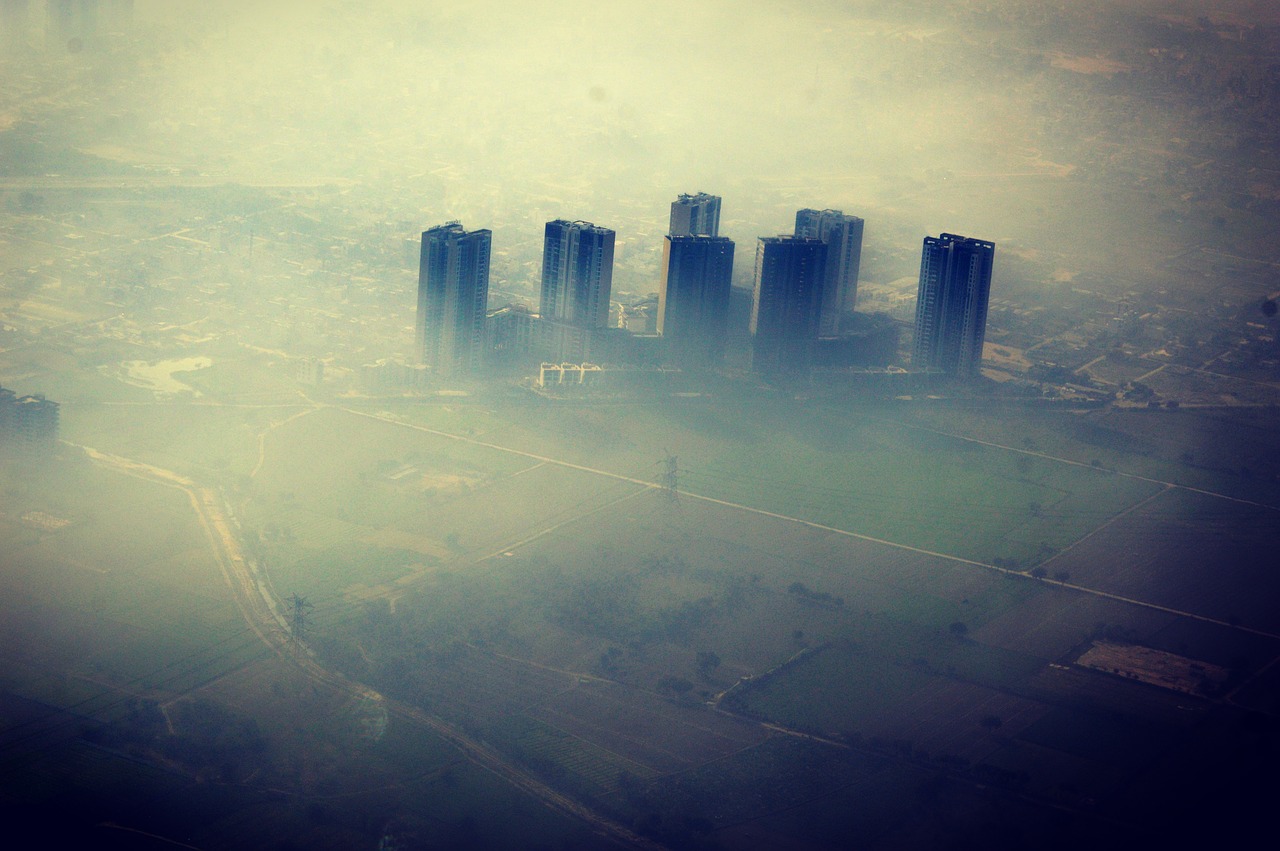
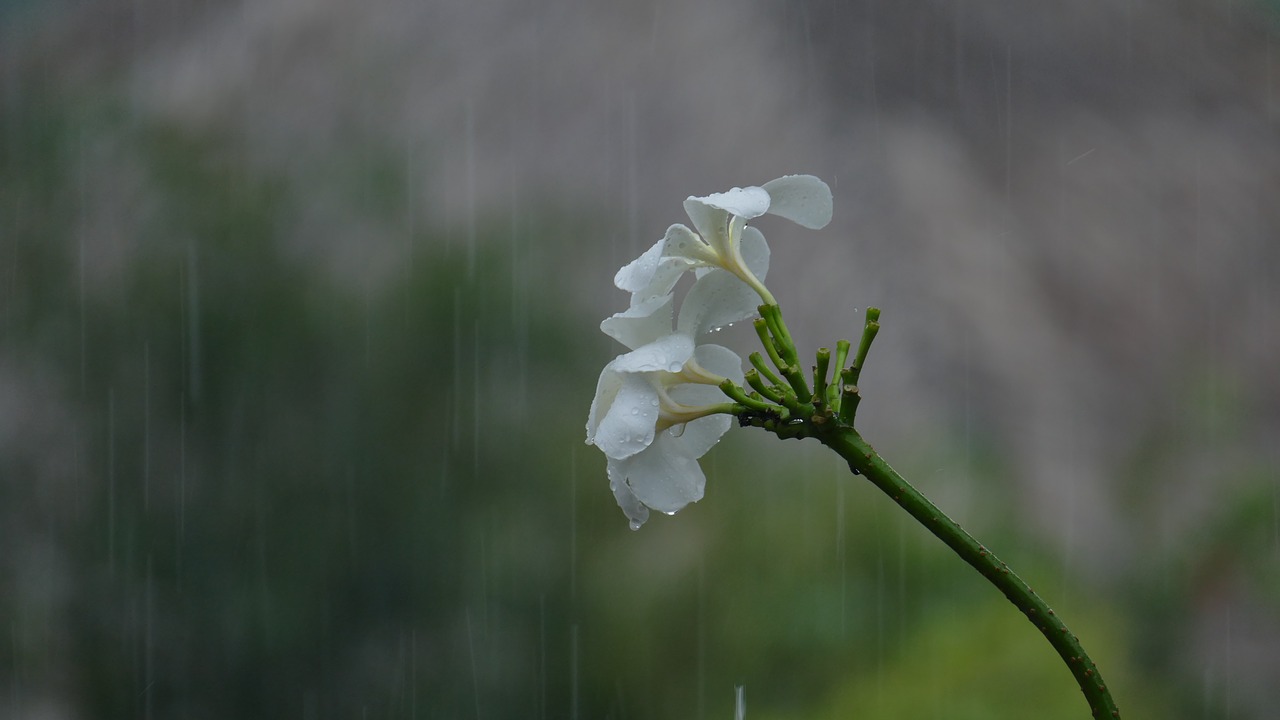
In a few weeks from now, monsoon forecasts will begin. These forecasts are based on calculations made by computer modeling.
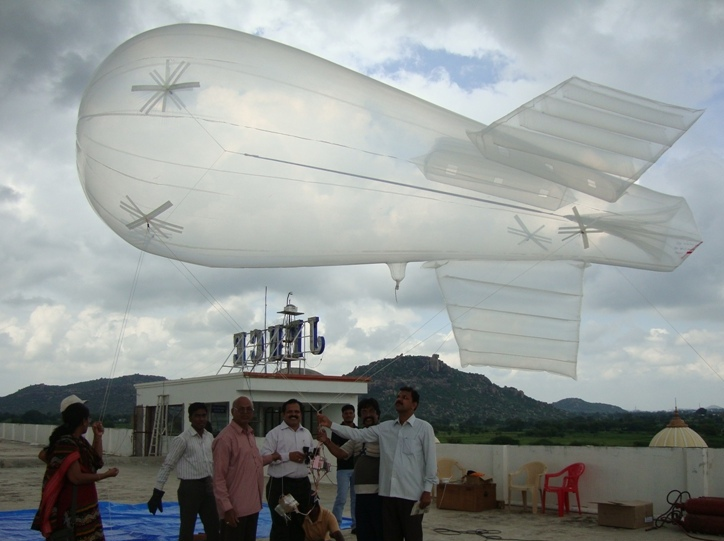
Scientists at the Indian Institute of Tropical Meteorology (IITM) here are preparing to launch a study during the coming monsoon season to understand physical properties of clouds and particulate matter in the atmosphere and also their interaction, as part of an exercise to formulate a scientific protocol for cloud seeding operations to produce artificial rains.
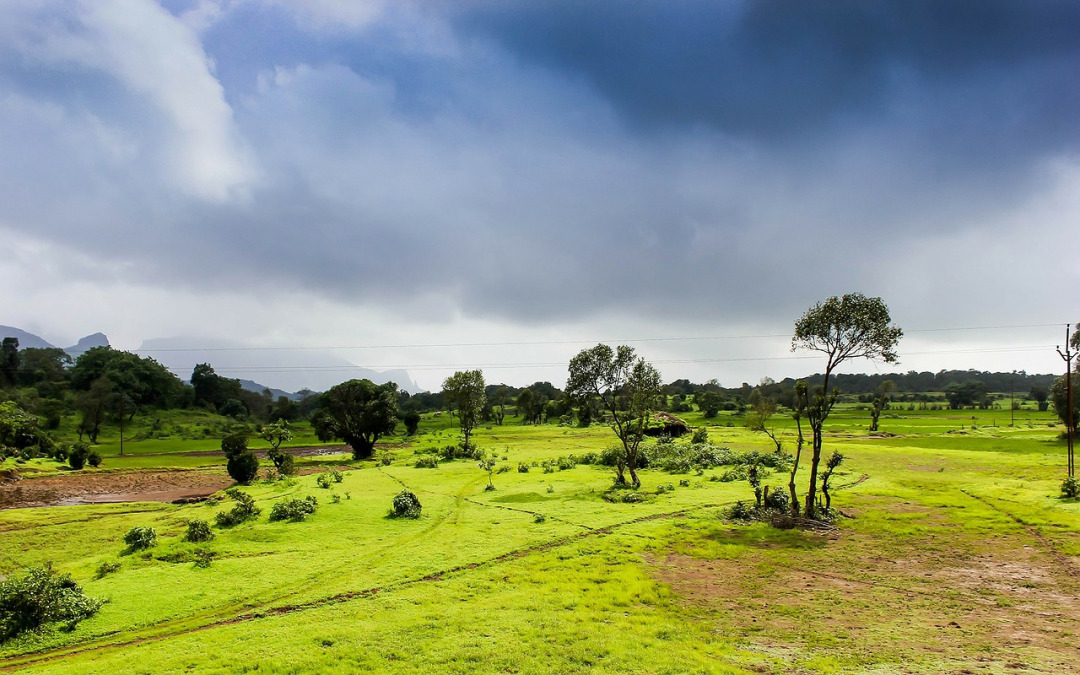
Dr. Amey Pathak, a newly-minted Ph.D. in civil engineering at Indian Institute of Technology Bombay (IITB) under the guidance of Prof. Subimal Ghosh, has explored moisture sources of the summer monsoon.
Internet is huge! Help us find great content
Never miss a thing! Sign up for our newsletter to stay updated.
Research Stash is a curated collection of tools and News for S.T.E.M researchers
Have any questions or want to partner with us? Reach us at hello@researchstash.com